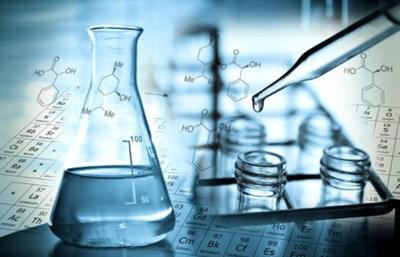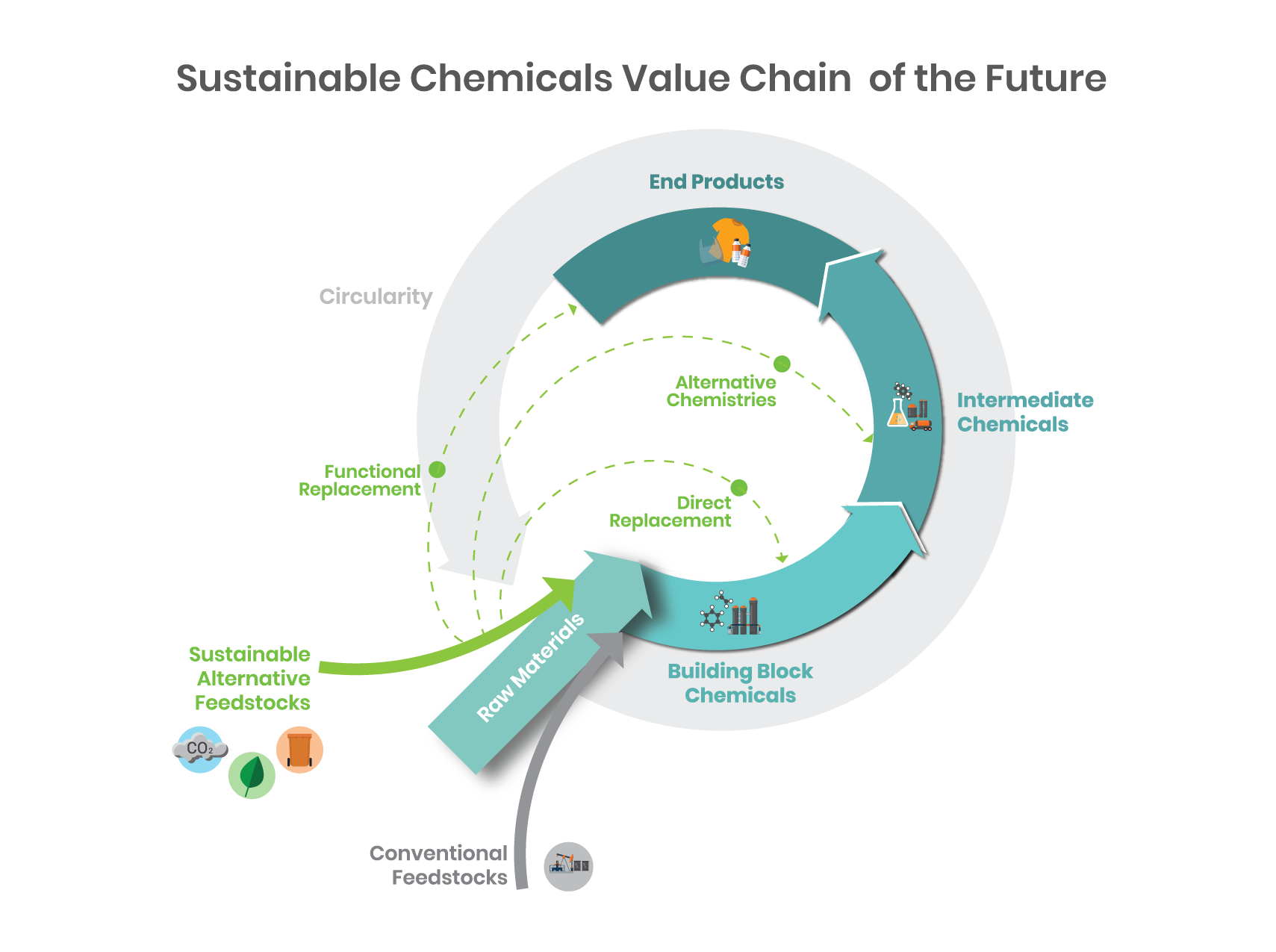A Comprehensive Guide to Assessing Chemical Products for Ideal Integrated Solutions in Manufacturing and Beyond
In the significantly intricate landscape of production, the evaluation of chemical items stands as a crucial aspect in accomplishing integrated remedies that focus on safety, effectiveness, and sustainability. This detailed guide outlines necessary elements such as regulative conformity, product compatibility, and cost-effectiveness, all while stressing the value of ecological stewardship. Recognizing these components not just alleviates threats however likewise settings organizations for innovation and long-lasting development. As we explore these vital components, the concern arises: exactly how can these evaluations be changed right into actionable approaches that thrust your company ahead?
Recognizing Regulative Conformity
In the realm of production, understanding regulative compliance is vital for making sure both item safety and ecological protection. Governing frameworks, such as the Occupational Security and Wellness Management (OSHA) requirements and the Epa (EPA) laws, dictate the safe handling, storage, and disposal of chemical products. Compliance with these policies not just safeguards employees yet also reduces ecological influence and boosts a company's online reputation.
Manufacturers should diligently assess the chemical compounds they make use of, ensuring adherence to the appropriate safety data sheets (SDS) and labeling demands, which supply crucial information concerning dangers and safe use. Furthermore, staying abreast of industry-specific policies, such as the Enrollment, Evaluation, Authorisation and Limitation of Chemicals (REACH) in Europe, is critical for maintaining compliance and staying clear of potential legal ramifications.
Normal audits and training are crucial components of a detailed conformity strategy, promoting a culture of safety and security and awareness among employees. By focusing on regulative compliance, makers can reduce danger, improve functional performance, and contribute to sustainable methods within the sector, eventually bring about enhanced product high quality and consumer complete satisfaction.
Assessing Item Compatibility
Governing compliance sets the foundation for safe manufacturing methods, but assessing product compatibility is similarly vital for operational performance and safety and security. Chemical Products. Product compatibility refers to the capacity of various chemical materials to exist side-by-side without unfavorable communications that could jeopardize the integrity of procedures or products. A comprehensive assessment starts with understanding the chemical homes, including reactivity, solubility, and stability under various problems
Suppliers should conduct compatibility screening to determine potential responses that might take place when chemicals are mixed or come right into contact with each other. This consists of examining elements such as temperature variations, pressure modifications, and the existence of contaminations. It is also important to consider the impacts of products utilized in containers, pipes, and devices, as these can affect chemical behavior and performance.
Additionally, suppliers should analyze the prospective influence of product compatibility on end-user applications. Incompatible products can result in functional interruptions, product failures, and safety dangers, which can harm track record and economic standing. Therefore, a methodical technique to analyzing item compatibility not just improves operational performance however additionally makes sure the security and integrity of chemical items throughout their lifecycle.
Examining Cost-Effectiveness
Evaluating cost-effectiveness is important for manufacturers aiming to enhance their chemical manufacturing procedures while maintaining profitability. This evaluation starts with a complete analysis of both direct and indirect costs connected with chemical products. Straight costs incorporate the acquisition price of chemicals, transportation, and storage, while indirect expenses might consist of labor, upkeep, and overhead expenditures.
To effectively assess cost-effectiveness, makers must utilize an overall price of possession (TCO) strategy. This technique makes it possible for a thorough understanding of all costs throughout the item lifecycle, from purchase to disposal. Furthermore, using efficiency metrics-- such as return rates and process effectiveness-- can give insights into exactly how well chemical items add to general production objectives.
Benchmarking against sector criteria can additionally highlight prospective locations for cost decrease or renovation. By contrasting their costs and performance with rivals, makers can determine ideal practices and ingenious remedies.
Moreover, engaging providers in conversations about pricing, volume discounts, and long-term agreements might generate desirable financial arrangements. Ultimately, a tactical focus on cost-effectiveness supports not just profitability but likewise find out here now sustainability in the affordable landscape of chemical manufacturing.
Studying Environmental Influence

One important element is the choice of basic materials. Sustainable sourcing can dramatically lower adverse impacts, as renewable or much less hazardous materials commonly result in decrease exhausts and fewer toxic results. Makers ought to think about the efficiency of their manufacturing procedures; optimizing these can decrease waste and energy consumption.
In addition, item formulation plays a critical function in determining ecological security. Using environment-friendly chemistry principles can cause the growth of safer, less polluting alternatives. Suppliers need to additionally analyze end-of-life scenarios for their items, promoting recycling or secure disposal techniques to mitigate lasting environmental repercussions.
Integrating these factors to consider into product examination not only enhances company duty yet also aligns with enhancing consumer need for ecologically pleasant products. Chemical Products. Ultimately, an extensive evaluation of ecological influence is vital for promoting sustainable production techniques
Executing Quality Assurance Actions
The commitment to lasting practices and ecological security normally learn this here now encompasses the application of quality assurance actions within producing processes. Quality assurance is essential for guaranteeing that chemical items satisfy predefined requirements and regulations, thereby safeguarding not just product efficacy yet also ecological stability.
To effectively apply quality assurance procedures, suppliers must embrace a systematic strategy, beginning with the facility of clear quality standards. This consists of defining specs for resources, intermediate items, and last outcomes. Routine testing and examination methods need to be instituted to keep track of conformity with these standards throughout the manufacturing cycle.

Training and involving team in top quality assurance techniques is just as vital. A well-informed labor force adds to a culture of high quality and accountability, enhancing overall operational performance. Ultimately, rigorous quality assurance measures not just make certain compliance however likewise strengthen the brand name's reputation and foster depend on amongst customers, straightening link with the overarching objectives of sustainability and security in the chemical production market.
Final Thought
Finally, the assessment of chemical products requires a detailed understanding of regulative compliance, item compatibility, cost-effectiveness, and environmental impact. Implementing robust quality assurance gauges better enhances operational integrity and development within manufacturing processes. By taking on an extensive strategy, organizations can maximize chemical usage, minimize connected risks, and straighten with industry finest techniques, ultimately promoting lasting growth. This guide offers as an important source for achieving these critical objectives in chemical item evaluation.